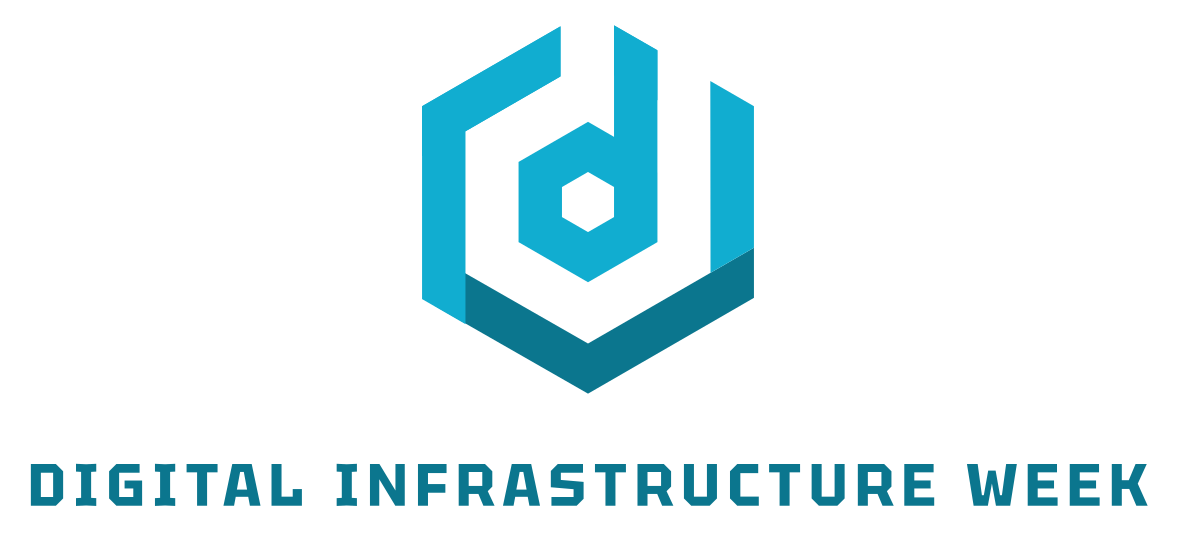The New Infrastructure: A Once-in-a-Generation Opportunity to Improve Citizen Outcomes
Authored by Sajid Khan, GM, Smart Cities & Transportation, Intel. Corp
‘‘The 2020s will be one of the most transformative periods in transportation.” USDOT Secretary Pete Buttigieg, March 23, 2022.
Secretary Buttigieg’s quote from SXSW succinctly captures the sea change that we expect to experience in the coming decade. What makes this change transformative is the close connection between transportation, public safety, economic strength, equity, and sustainability. With a once-in-a-generation investment in U.S. infrastructure underway, this vision now has the financial backing to become reality.
The Infrastructure Investment and Jobs Act, a $1.2 trillion investment in U.S. infrastructure, was passed into law in November 2021. About half of the investment is allocated to surface transportation - roadways, railways, airports, seaports and public transit. The other half is planned for core infrastructure - sustainability, smart grid, broadband, education and related investments. To ensure equitable distribution of funds, we must learn from past infrastructure initiatives.
Investment in physical infrastructure is critical; however, decision-makers that are looking to optimize outcomes should recognize modern infrastructure is a combination of physical and digital investments. We call this The New Infrastructure, a synergistic interplay that drives tangible social and economic outcomes. Physical infrastructure alone cannot fully address the multitude of needs of our modern, information-driven economy, nor does it ensure future success.
Digital infrastructure, built on core superpower technologies - IoT, 5G, AI, Cloud, and sensors - will extend this new infrastructure build-out to create lasting impact. These technologies are available today, deployment-ready, and have become interwoven into our daily lives. This New Infrastructure, a powerful combination of physical upgrades and digital advancements, will foster unprecedented outcomes, for example:
Vision Zero: There were 38,680 traffic fatalities in 2020, the highest yearly total since 2007, and an estimated 42,780 traffic fatalities in 2022. Combining physical infrastructure upgrades with new digital technologies can help reduce deaths and achieve Vision Zero1
Climate: Between 2000 and 2014, the use of 511 intelligent transportation systems across US cities led to a significant decrease in urban traffic congestion, saving over 10 billion pounds of CO2 emissions2
Economic Growth: Infrastructure investments can add as much as $3 to gross domestic product (GDP) growth for every $1 spent3. Incorporating new technologies into physical infrastructure can help accelerate and multiply this impact Digital infrastructure solutions are available today from a robust ecosystem of partners that support Intel’s core principle of open standards which enable interoperability and open collaboration. At Intel, we take pride in how this approach has made technology more widely accessible by fostering innovation and delivering cost-effective, secure, end-to-end solutions.
When identifying shovel-ready projects and infrastructure upgrades, it is important to think about how digital infrastructure can help improve outcomes for everyone. This upfront consideration can help define and drive transformational projects across the nation.
Sources / Links
1. Shepardson, David, Reuters, “U.S. Traffic Deaths soar…” June 3, 2021. (Link), and USDOT “Following New Data Showing Traffic Fatalities Remain Persistently High…” April 21, 2023. (Link)
2. Cheng, Dr. Aaron, London School of Economics, “Technology more effective at managing traffic…” May 26, 2020. (Link)
3. Council on Foreign Relations, “The State of U.S. Infrastructure” November 8, 2021 (Link)
Intel is a leading technology provider that can help you with your digital infrastructure solutions. For more information: Intel IIJA e-book
